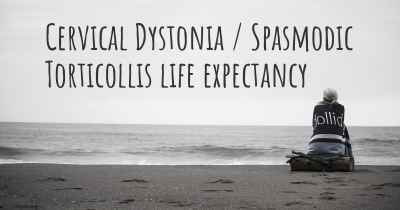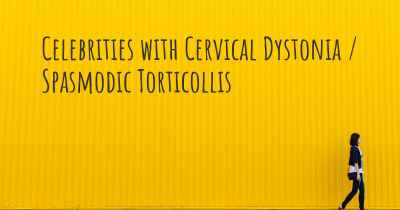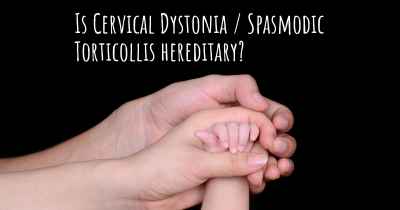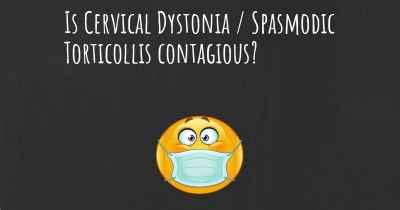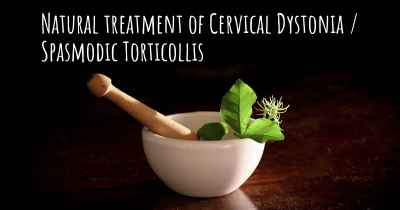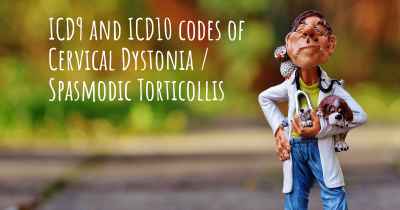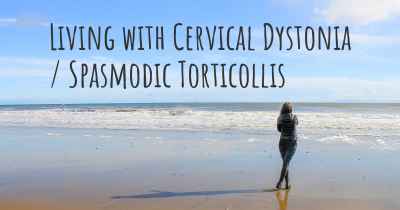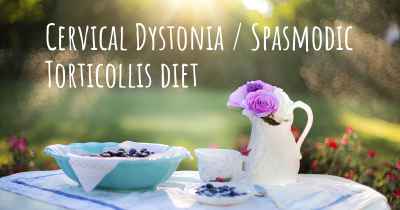What are the latest advances in Cervical Dystonia / Spasmodic Torticollis?
Here you can see the latest advances and discoveries made regarding Cervical Dystonia / Spasmodic Torticollis.
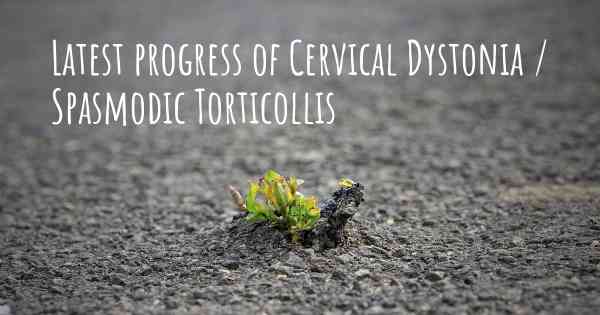
Cervical Dystonia, also known as Spasmodic Torticollis, is a neurological movement disorder characterized by involuntary muscle contractions that cause abnormal movements and postures of the neck and head. It can be a debilitating condition, leading to pain, discomfort, and impaired quality of life for those affected. While there is no cure for Cervical Dystonia, there have been several recent advances in its treatment and management.
Botox Injections: One of the most common and effective treatments for Cervical Dystonia is the use of Botox injections. Botox, or botulinum toxin, is injected into the affected muscles to temporarily paralyze them and reduce muscle contractions. This helps alleviate the abnormal postures and movements associated with the condition. Recent advances in Botox administration techniques have improved its efficacy and safety, allowing for more precise targeting of specific muscles.
Deep Brain Stimulation (DBS): DBS is a surgical procedure that involves implanting electrodes into specific areas of the brain to deliver electrical impulses. It has shown promising results in the treatment of various movement disorders, including Cervical Dystonia. Recent advances in DBS technology have led to improved targeting and programming of the electrodes, resulting in better outcomes for patients. DBS is typically considered for individuals who do not respond well to other treatments or have severe symptoms.
Physical Therapy: Physical therapy plays a crucial role in managing Cervical Dystonia. Recent advances in physical therapy techniques have focused on improving muscle strength, flexibility, and coordination. Therapists use a combination of exercises, stretches, and manual techniques to help patients regain control over their neck movements and reduce pain. Additionally, advancements in technology have led to the development of specialized devices and equipment that aid in physical therapy for Cervical Dystonia.
Medication: While medications cannot cure Cervical Dystonia, they can help manage symptoms and improve quality of life. Recent advances in medication options have provided more choices for patients. Botulinum toxin injections, mentioned earlier, are considered a form of medication. Other oral medications, such as muscle relaxants, anticholinergics, and certain antidepressants, may also be prescribed to help reduce muscle spasms and pain associated with Cervical Dystonia.
Non-Invasive Brain Stimulation: Non-invasive brain stimulation techniques, such as transcranial magnetic stimulation (TMS) and transcranial direct current stimulation (tDCS), have shown promise in the treatment of various neurological conditions, including Cervical Dystonia. These techniques involve applying magnetic or electrical currents to specific areas of the brain to modulate neural activity. Recent studies have demonstrated that non-invasive brain stimulation can help reduce symptoms and improve motor control in individuals with Cervical Dystonia.
Research and Clinical Trials: Ongoing research and clinical trials are essential for advancing our understanding of Cervical Dystonia and developing new treatment options. Recent studies have focused on identifying the underlying causes of the condition, exploring novel therapeutic targets, and evaluating the effectiveness of emerging treatments. Participation in clinical trials can provide patients with access to cutting-edge treatments and contribute to the development of better management strategies for Cervical Dystonia.
In conclusion, recent advances in the treatment and management of Cervical Dystonia have provided new options and improved outcomes for individuals with this condition. Botox injections, deep brain stimulation, physical therapy, medication, non-invasive brain stimulation, and ongoing research all contribute to the progress being made in the field. While there is still much to learn, these advancements offer hope for a better future for those living with Cervical Dystonia.
